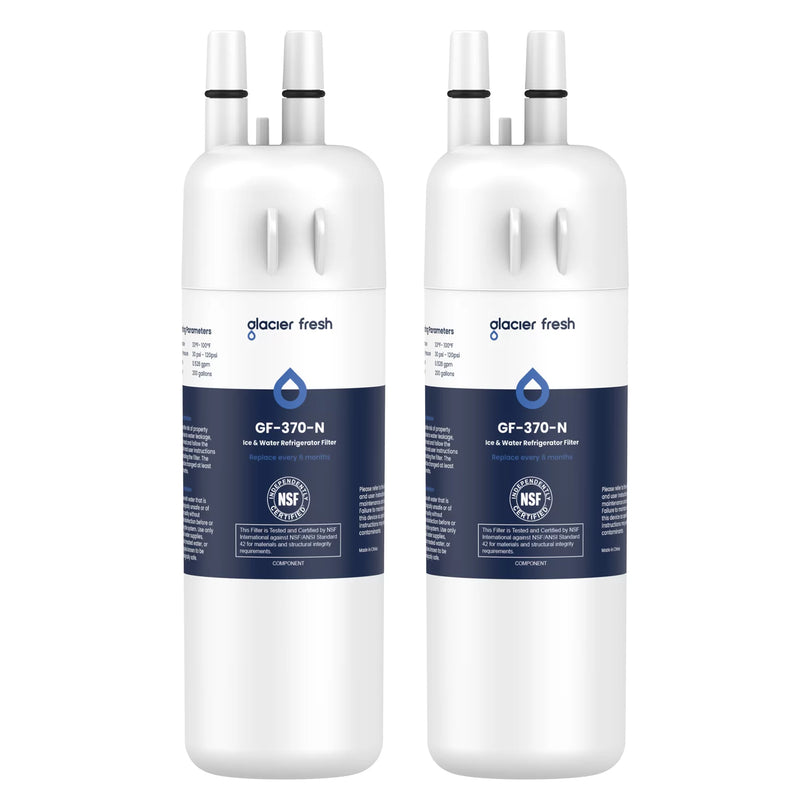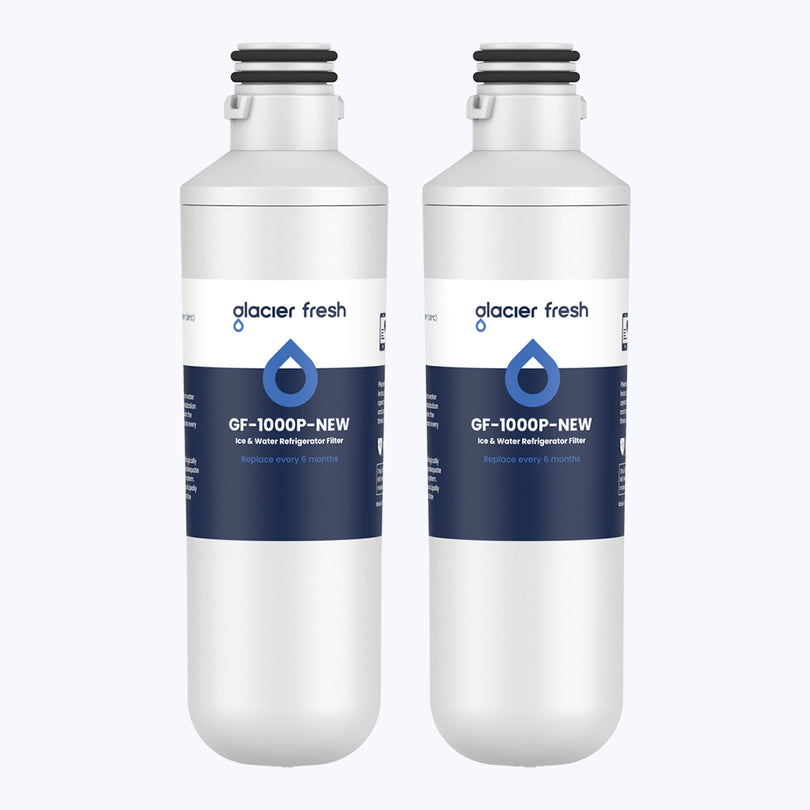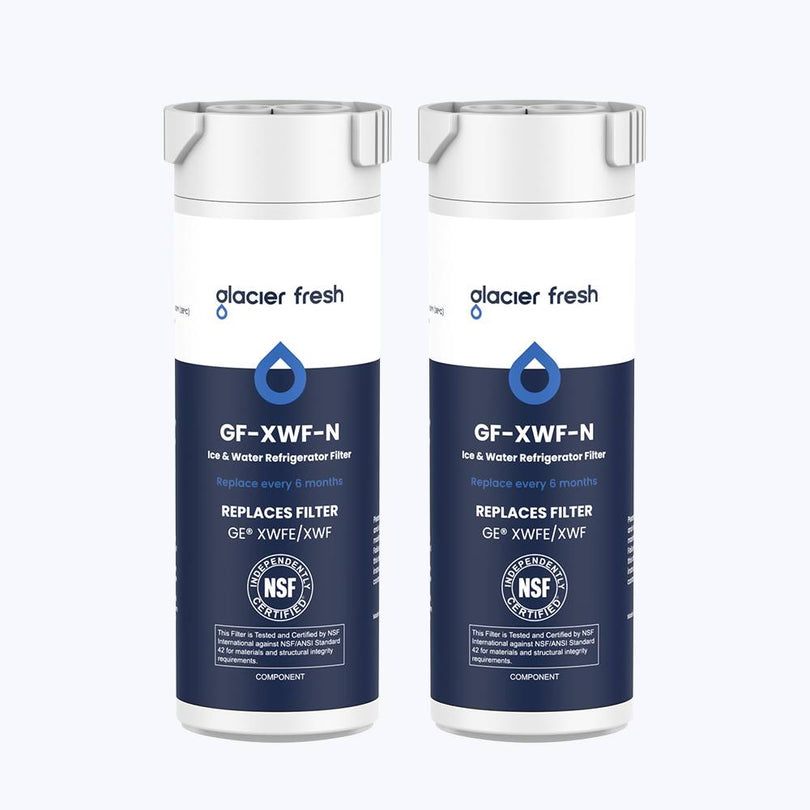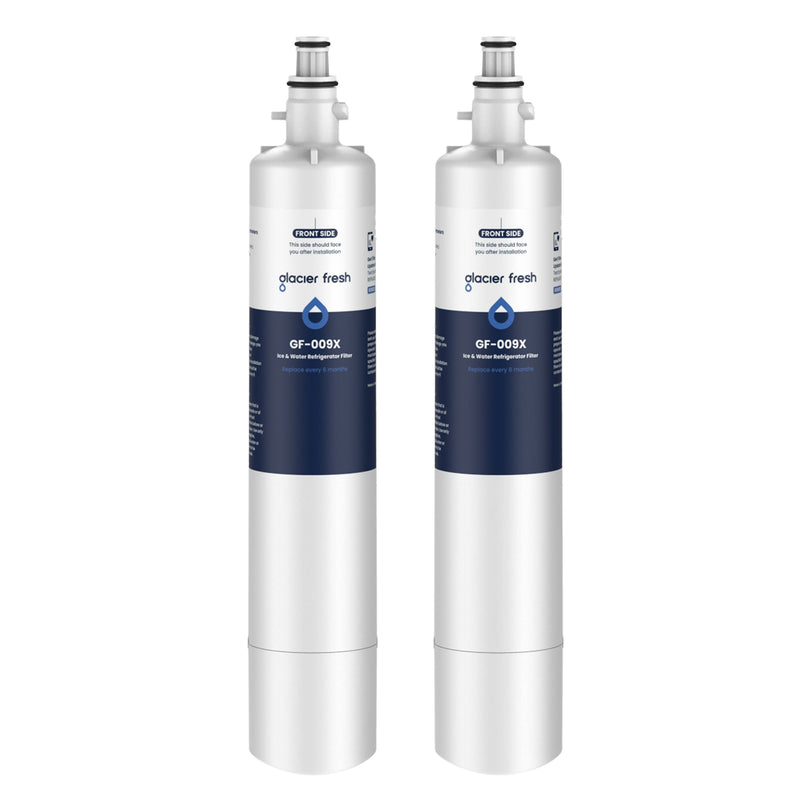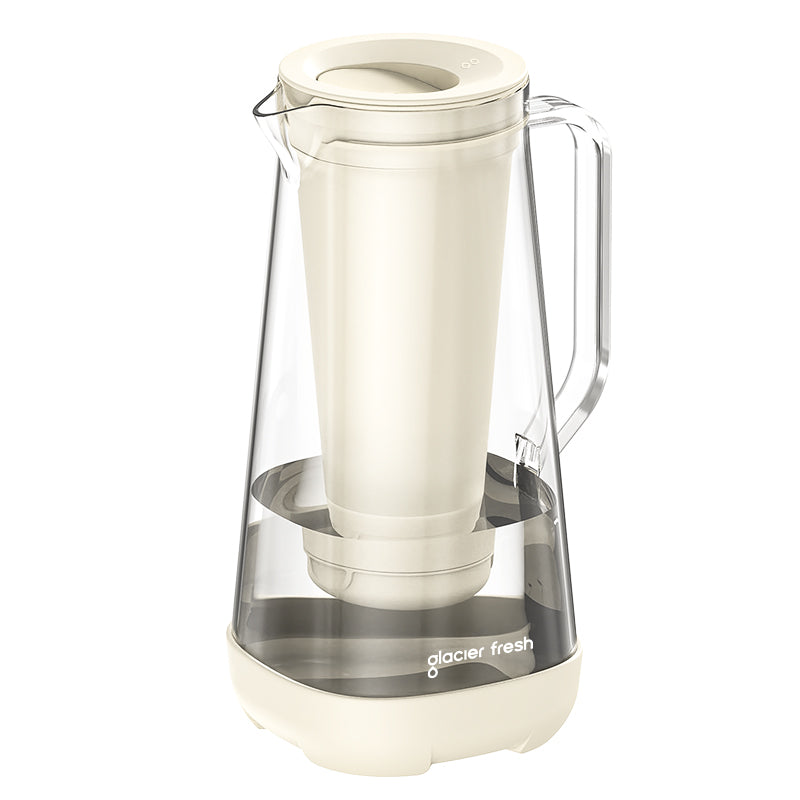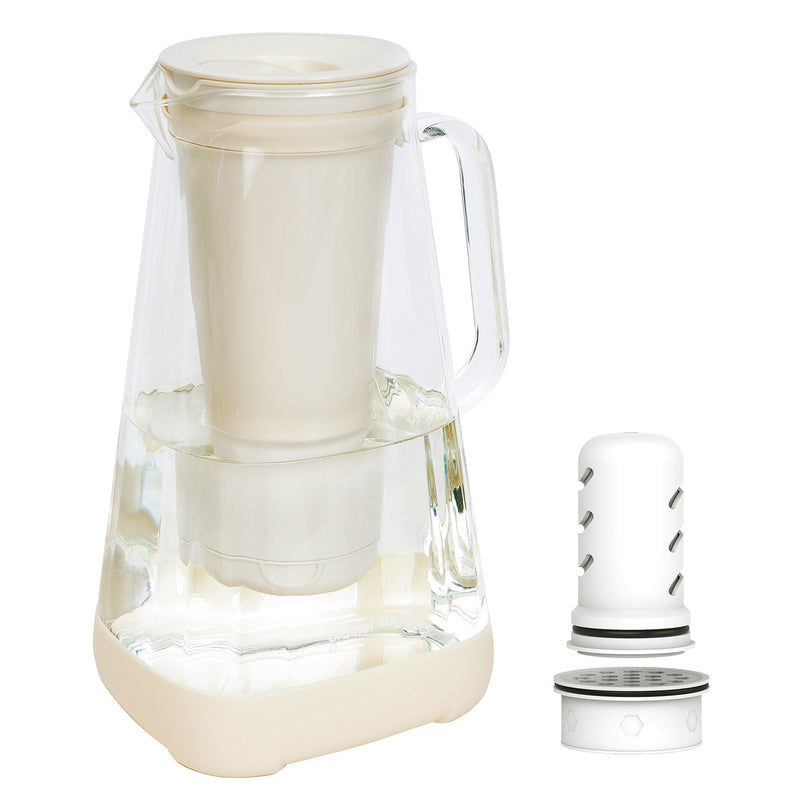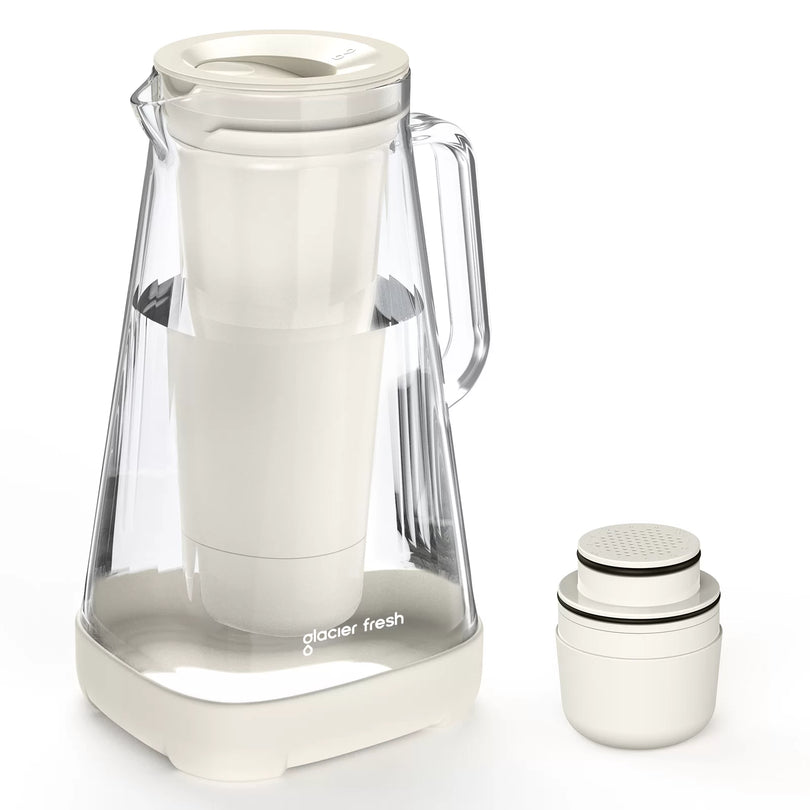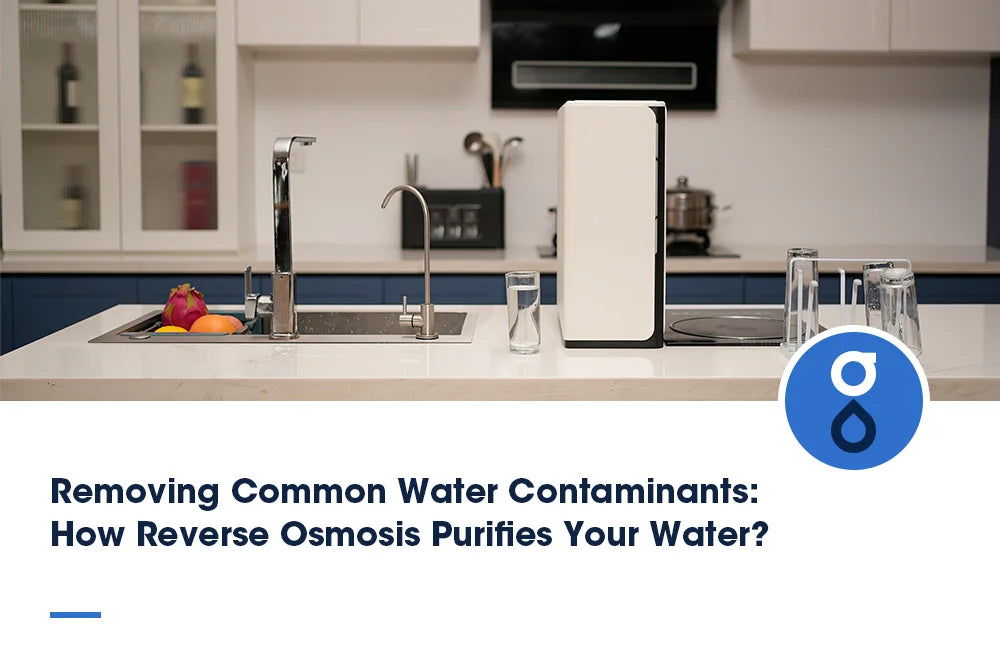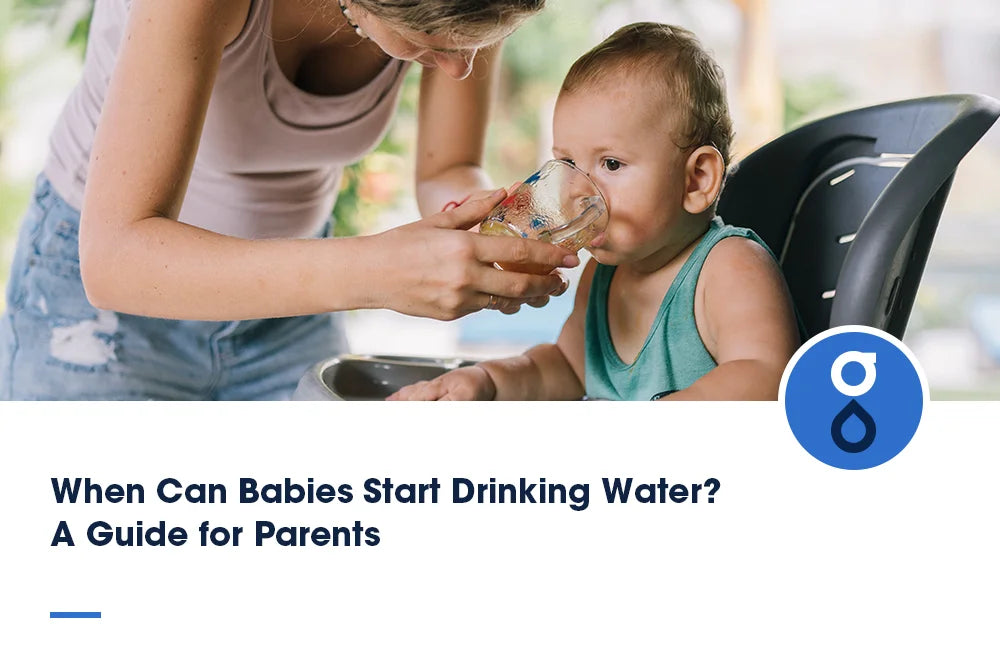Table of Contents:
Was ist Umkehrosmose?
Häufige Wasserverunreinigungen im Leitungswasser
Wie entfernt Umkehrosmose Wasserverunreinigungen?
Vorteile der Umkehrosmose für den Heimgebrauch
Umkehrosmose im Vergleich zu anderen Filtermethoden
Wartung und Langlebigkeit von Umkehrosmoseanlagen
FAQs
Abschluss
Sauberes Trinkwasser ist für die Gesundheit unerlässlich, doch die Reinheit des Wassers aus dem Wasserhahn ist nicht immer gewährleistet. Sichtbare und unsichtbare Verunreinigungen können in unser tägliches Trinkwasser gelangen. Daher ist die Wasserfilterung entscheidend. Unter den vielen verfügbaren Methoden ist die Umkehrosmose (RO) eine besonders effektive Methode zur Wasserreinigung. In diesem Blogbeitrag erklären wir, wie die Umkehrosmose funktioniert und warum sie eine der besten Lösungen zur Entfernung gängiger Wasserverunreinigungen ist.
Was ist Umkehrosmose?
Umkehrosmose ist ein Wasseraufbereitungsverfahren, bei dem mithilfe einer semipermeablen Membran Verunreinigungen aus dem Wasser entfernt werden. Dabei wird Wasser unter Druck durch eine spezielle Membran gepresst, die Verunreinigungen auf molekularer Ebene herausfiltert. Nur Wassermoleküle können durchdringen, während gelöste Feststoffe, Chemikalien und andere Verunreinigungen zurückbleiben.
Eine Umkehrosmoseanlage besteht typischerweise aus mehreren Komponenten:
- Vorfilter, die größere Partikel auffangen.
- Die RO-Membran selbst.
- Nachfilter, die das Wasser reinigen.
Dieser mehrstufige Prozess stellt sicher, dass Ihr Wasser so rein wie möglich ist.
Häufige Wasserverunreinigungen im Leitungswasser

Leitungswasser kann verschiedene Verunreinigungen enthalten , von denen einige bei längerem Konsum ein Gesundheitsrisiko darstellen können. Hier sind einige der häufigsten:
- Ablagerungen wie Sand, Rost und Schmutz werden häufig durch alternde Rohre verursacht.
- Chlor und Chloramin werden dem Wasser zugesetzt, um Bakterien abzutöten, beeinträchtigen jedoch Geschmack und Gesundheit.
- Blei , das aus alten Rohrleitungssystemen austreten kann und insbesondere für Kinder ein ernstes Gesundheitsrisiko darstellt.
- Fluorid , ein umstrittener Zusatzstoff, der für die Zahngesundheit verwendet wird, in übermäßigen Mengen jedoch potenziell schädlich sein kann.
- Nitrate , typischerweise aus landwirtschaftlichen Abwässern, können den Sauerstoffgehalt im Blut beeinflussen.
- Arsen , ein giftiges Element, das manchmal im Grundwasser vorkommt.
- Pestizide und Herbizide , Abfluss aus landwirtschaftlichen Flächen.
- Bakterien und Viren , die möglicherweise in unbehandeltem oder schlecht behandeltem Wasser vorhanden sind.
Jeder Schadstoff kann Ihre Gesundheit auf unterschiedliche Weise beeinträchtigen, von kurzfristigen Symptomen wie Magenproblemen bis hin zu langfristigen Problemen wie neurologischen Schäden oder Krebs.
Wie entfernt Umkehrosmose Wasserverunreinigungen?
Die Umkehrosmose beseitigt diese Verunreinigungen durch einen mehrschichtigen Filterprozess. So geht sie mit den häufigsten Verunreinigungen um:
- Sedimentfiltration: Der Vorfilter fängt große Partikel wie Schmutz und Rost ein und verhindert so, dass diese die empfindlichere RO-Membran verstopfen.
- Kohlenstofffiltration: Die nächste Stufe entfernt Chlor, Chloramin und flüchtige organische Verbindungen (VOCs), die den Geschmack des Wassers beeinträchtigen und Gesundheitsrisiken darstellen können.
- RO-Membran: Hier wird die Schwerstarbeit geleistet. Die Membran ist fein genug, um gelöste Feststoffe wie Fluorid, Blei, Nitrate, Arsen und sogar bestimmte Bakterien und Viren zu blockieren. Sie reduziert den Gesamtgehalt gelöster Feststoffe (TDS) und hinterlässt nur reines Wasser.
- Nachfiltration: Nachdem das Wasser die RO-Membran passiert hat, wird es durch einen letzten Nachfilter geleitet, um sicherzustellen, dass es frisch und sauber schmeckt und alle verbleibenden Verunreinigungen entfernt werden.
Dieses mehrschichtige System ermöglicht es der Umkehrosmose, bis zu 99 % der schädlichen Verunreinigungen zu entfernen, was sie zu einer der gründlichsten Filtermethoden auf dem Markt macht.
Vorteile der Umkehrosmose für den Heimgebrauch
Die Vorteile einer Umkehrosmoseanlage unter der Spüle gehen über sauberes Wasser hinaus. Hier sind einige der wichtigsten Vorteile:
- Reines, wohlschmeckendes Trinkwasser : RO-Systeme entfernen geschmacksbeeinträchtigende Verunreinigungen und sorgen für klares, erfrischendes Wasser.
- Gesundheitsvorteile : Umkehrosmose kann die allgemeine Gesundheit verbessern, indem sie die Belastung mit schädlichen Substanzen wie Blei, Pestiziden und Bakterien reduziert.
- Umweltauswirkungen : Durch die Verwendung eines RO-Systems wird der Verbrauch von Flaschenwasser reduziert, was zur Reduzierung von Plastikmüll beiträgt.
- Kostengünstig : Obwohl eine Anfangsinvestition erforderlich ist, ist ein RO-System auf lange Sicht weitaus kostengünstiger als der ständige Kauf von Wasser in Flaschen.
Umkehrosmose im Vergleich zu anderen Filtermethoden
Im Vergleich zu anderen Filtermethoden wie Aktivkohlefiltern, Destillation oder Ultraviolett-(UV)-Reinigung , Umkehrosmose zeichnet sich durch ihre Fähigkeit aus, ein breiteres Spektrum an Verunreinigungen zu entfernen.
- Aktivkohlefilter : Diese eignen sich hervorragend zum Entfernen von Chlor und flüchtigen organischen Verbindungen und zur Geschmacksverbesserung, können jedoch im Gegensatz zu einem RO-System keine gelösten Feststoffe oder Schwermetalle herausfiltern.
- Destillation : Diese Methode ist effektiv, aber energieintensiv und entfernt VOCs nicht so effizient wie RO.
- UV-Reinigung : UV-Systeme eignen sich zwar hervorragend zum Abtöten von Bakterien und Viren, entfernen jedoch keine Chemikalien, Metalle oder Sedimente aus dem Wasser.
Insgesamt bietet die Umkehrosmose eine umfassendere Filterlösung, insbesondere für Haushalte, in denen die Wasserqualität ein Problem darstellt.
Wartung und Langlebigkeit von Umkehrosmoseanlagen
Regelmäßige Wartung ist notwendig, um eine optimale Leistung Ihrer Umkehrosmoseanlage zu gewährleisten . Dazu gehört in der Regel der Wechsel der Vorfilter alle 6 bis 12 Monate und der Austausch der RO-Membran alle 2 bis 3 Jahre, je nach Wasserqualität und -nutzung. Anzeichen für einen Wartungsbedarf sind beispielsweise ein spürbarer Abfall des Wasserdrucks oder des Wassergeschmacks. Bei richtiger Pflege kann eine Umkehrosmoseanlage viele Jahre halten und Ihren Haushalt mit sauberem Wasser versorgen.
FAQs
Entfernt RO nützliche Mineralien?
Ja, RO entfernt sowohl schädliche als auch nützliche Mineralien. Die meisten Mineralien, die Sie für Ihre Gesundheit benötigen, stammen jedoch aus der Nahrung und nicht aus dem Wasser. Sie können Ihr Wasser bei Bedarf jederzeit remineralisieren.
Ist RO-Wasser sicher für Haustiere und Pflanzen?
Ja, RO-Wasser ist sicher für Haustiere und Pflanzen. Je nach Bedarf können einige Pflanzen jedoch von remineralisiertem Wasser profitieren.
Abschluss
Sauberes, sicheres Trinkwasser ist für Ihre Gesundheit unerlässlich. Umkehrosmose ist eine der effektivsten Methoden, dies zu erreichen. Durch die Entfernung gängiger Schadstoffe wie Blei, Nitrate, Pestizide und Bakterien sorgt eine Umkehrosmoseanlage dafür, dass das Wasser, das Sie und Ihre Familie konsumieren, von höchster Qualität ist. Die Investition in eine Umkehrosmoseanlage verbessert Ihr Wasser und kann Ihr allgemeines Wohlbefinden steigern. Besuchen Sie Glacier Fresh für weitere Wasserfilterlösungen.

